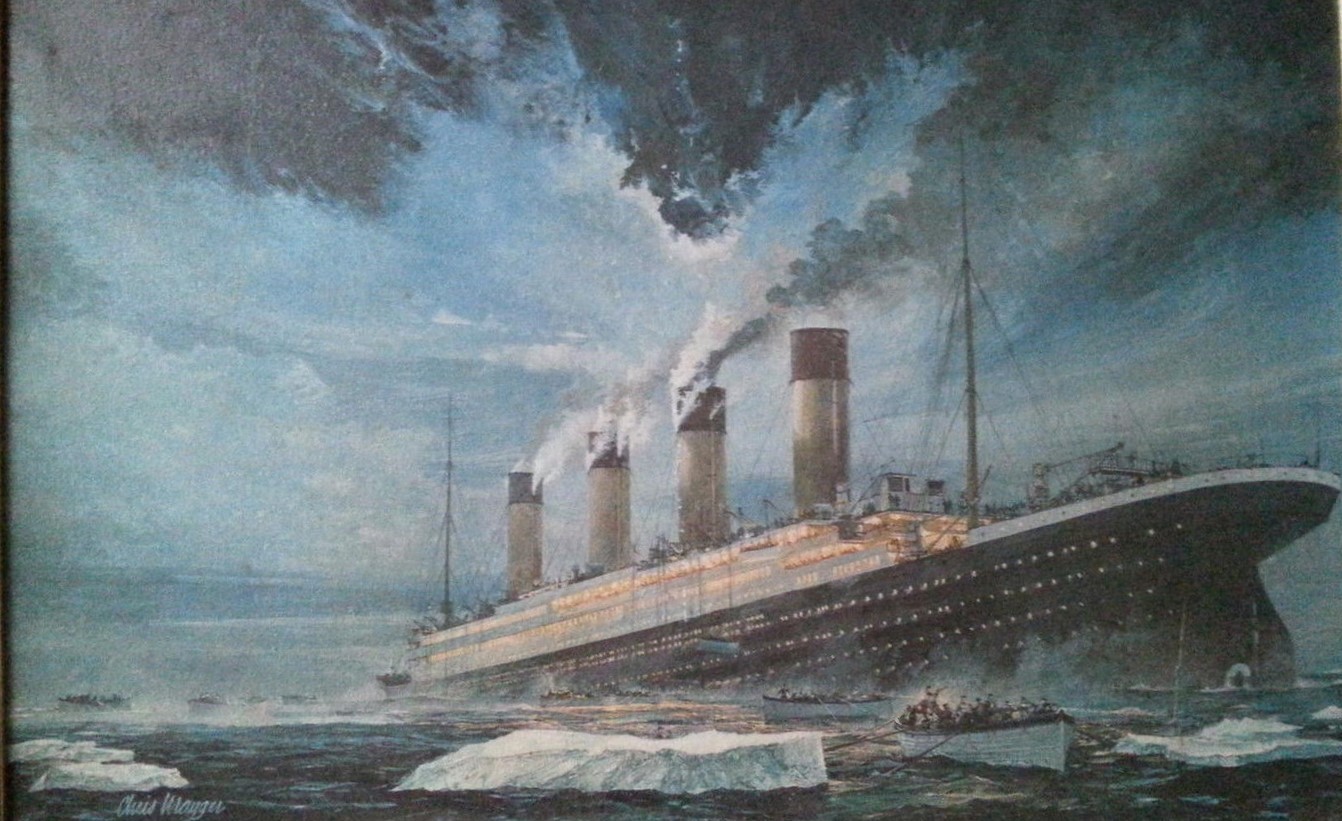Dispatches from Home – The “Why” of Titanic.

In 1865, the Sultana, a Mississippi riverboat loaded with Civil War wounded, exploded and burned; over 1,500 died. In 1914, the Empress of Ireland collided with another ship; 1,012 died. In 1915, the Lusitania was torpedoed by a German submarine; 1,200 died. In 1940, the Lancastria, part of the Dunkirk evacuation, was hit by the Luftwaffe and sank; over 4,000 died. In 1945, the Wilhelm Gustloff, a German liner evacuating fleeing German civilian refugees from the advancing Soviet army in the Baltic region, was sunk by a Soviet submarine; over 9,000 died, making it the greatest maritime disaster in history. Have you ever heard of these lost ships? Unfortunately, for the most part, they have lapsed into obscurity. But not the Titanic. Why, I wonder?
There have been many other man-made disasters before and after the Titanic, but it is virtually one of the few perpetually remembered and commemorated. However, it most compellingly illustrates what we can learn from our past mistakes. Why? The answer concerns the tragedy of presumption and choice, not just the hard, cold facts of the disaster itself.
The real Titanic story is a sad tale wrapped in a writhing web of ambition, overconfidence, denial, cowardice, and bravery. Simple human errors and unexpected and uncontrollable conditions also conspired to turn an outstanding human achievement into a great human tragedy. The Titanic sinking will continue to be remembered for its horror and what it can teach us about the drama and the dignity of real people choosing to make the ultimate decisions of their lives.
“The Titanic, name and thing, will stand for a monument and warning to human presumption.” That was Edward Stuart Talbot’s judgment, the Anglican Bishop of Winchester, England, in the sermon he preached the Sunday after the Titanic sank. The Bishop was right: presumption is the lingering epitaph for the Titanic and its ill-fated passengers and crew. We can honor this sad legacy by learning from it.






